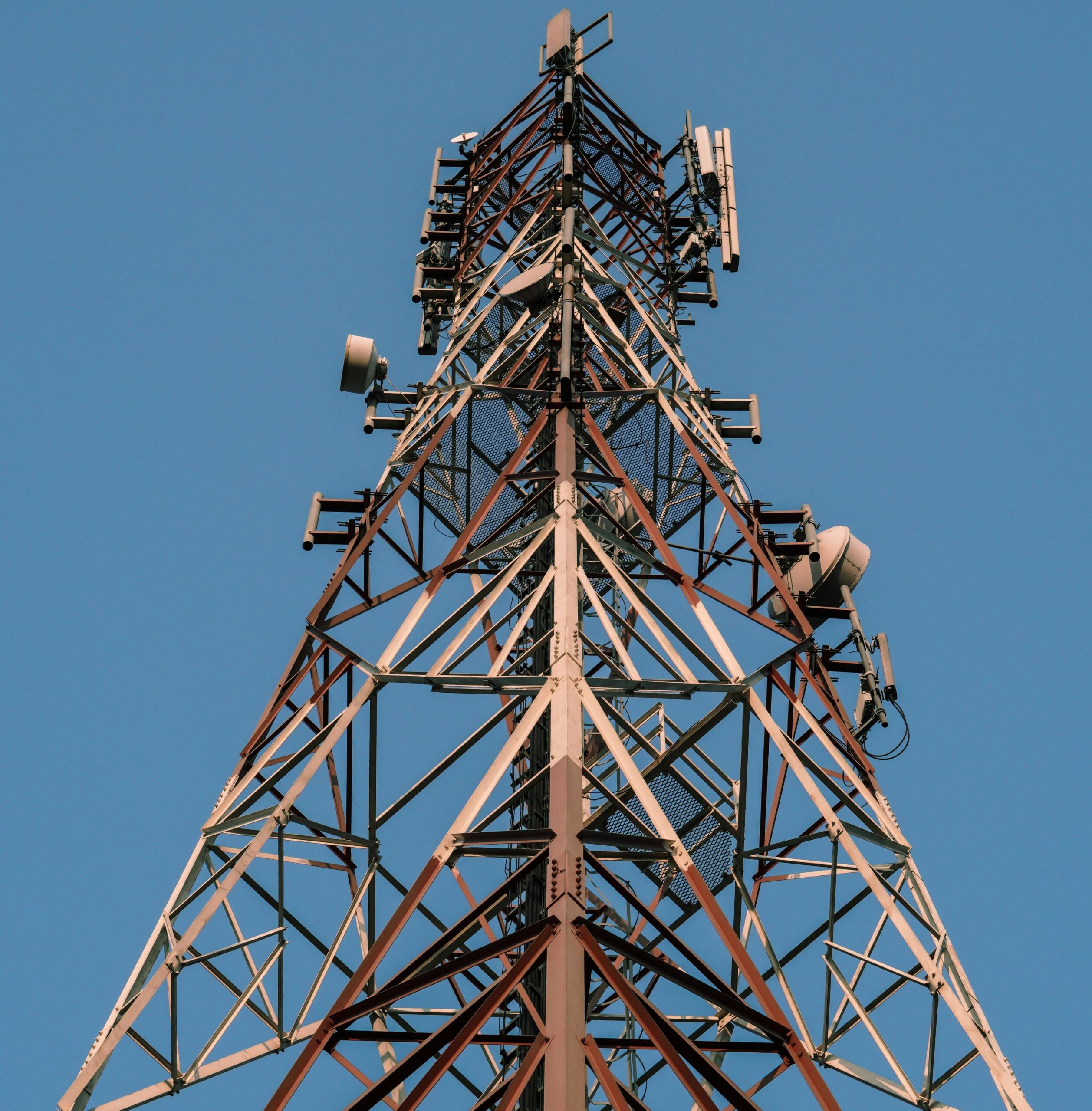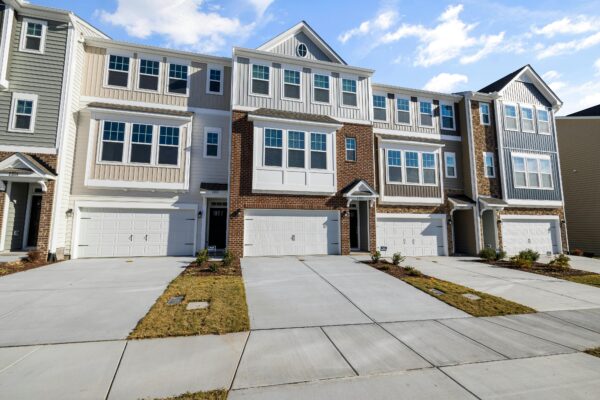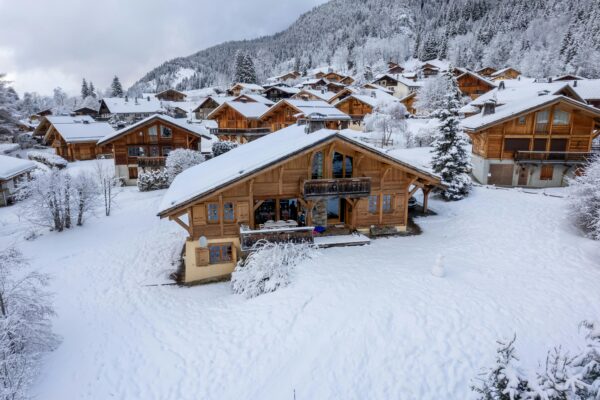Imagine a giant standing high amidst the roaring winds and the raging rain carrying those invisible messages that make our phones ring and our internet work, and without using even a single rope or wire to hold its weight. Even that Whisper is what the 4 sided self-support tower can do. These steel giants, often seen on hilltops or cityscapes, are the hidden foundation of our connected lives. Every smooth video call, every dropped pin on a map, every emergency service radio transmission relies on their strength. This article dives into why this specific design – four sides, standing strong on its own – is such a superstar in modern infrastructure.

The Simple Genius of Four-Sided Self-Supporting Towers
So what do these towers run on? First, the term self-supporting is what it implies: they do not require any external wires (also known as guy wires) that hold them upright. They bear themselves, all by themselves, all through their very clever construction and a good foundation well sunk down into the earth. Now, why four sides? Four seems to be the magic number when it comes to combining all the strength, efficiency, and practicality. Imagine a pyramid, only the pyramid was constructed out of a lattice of steel beams. This lattice isn’t random; it’s packed with triangles. Why triangles? Because they’re nature’s strongest shape – they spread out pressure evenly instead of letting it build up in weak spots.
Materials and Construction of Four-Sided Towers
Building something meant to stand for decades against Mother Nature requires serious materials and know-how. High strength steel is the mainstay of every four sided self supporting tower. It is not the regular kind of steel that can be used; no, this is made special to withstand heavy weights and not to bend or buckle under pressure. But steel has a nemesis: rust. To prevent rusting, that is why nearly all of the steel in these towers goes through a protective dip in melted zinc which is known as galvanization. It is a layer of zinc, which serves as an extra-hard armor against rust that can be produced by rain, snow, salty air, and pollutants.
Why Foundations Matter for Self-Support Towers
You could build the strongest 4 sided self-support tower imaginable, but if its feet aren’t planted right, it won’t last. The foundation is absolutely everything. It is as though roots of a giant oak tree, which make it withstand the gales. Engineers look into the ground very closely before even one shovel touches the ground. They form test holes and examine the soil to know what specific weight and pressure the soil may tolerate without shifting or sinking. Considering what they will discover, they then plan the massive concrete foundations and generally there would be one foundation under each of the four legs of the tower.
Why Pick a Four-Sided Self-Support Tower? The Big Wins
So, why choose this specific four-sided self-support tower design? The benefits are pretty compelling. First up is freedom. Because it doesn’t need guy wires stretching out hundreds of feet in every direction, it needs way less land. This is a huge deal in crowded cities, near property lines, or anywhere land is expensive or hard to come by. The whole self-supporting structure fits neatly within its own plot. This independence also makes life easier for the crews who need to maintain it – they can drive right up to the base without tripping over wires.
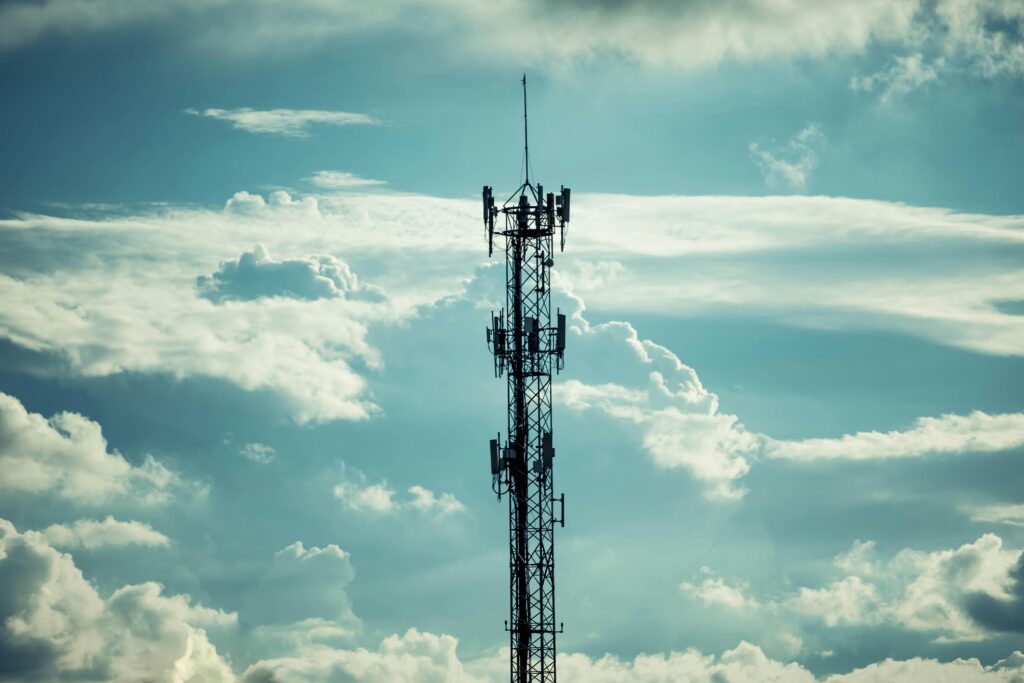
The Modern Jobs of 4-Sided Self-Support Towers
Don’t think the 4 sided self-support tower is some old relic. It’s more vital today than ever in our world that runs on constant connection. Their biggest job? Telecommunications. They are the spine of your cell phone network, which support antennas of everything between fundamental talks and lightning quick 5G that can make you stream a movie in an instant. They beam out your favorite radio stations and TV signals across entire regions. They’re absolutely critical for public safety too – police, fire departments, and ambulances rely on these freestanding lattice towers to communicate during emergencies when every second counts. They hold up vital weather radar that tracks storms and equipment that helps air traffic controllers keep planes safe.
Four-Sided Towers vs. Other Options
It helps to see how the four-sided self-support tower compares to other tower types. The most common alternative is the guyed mast. Guyed masts can be taller for less money at extreme heights because they use strong cables anchored to the ground for support. But those cables are their weak spot. They need a massive clear area around the mast (called a “fall zone”) where nothing can be built in case a cable snaps. It renders them unfit to use in cities, or suburbs, or even in the built-up areas. Cars, construction equipment or even vandals can as well take the form of damaging the cables themselves.
Choosing and Installing Your Self-Support Tower
Putting up a 4 sided self-support tower is a major project, not a weekend DIY job. It needs careful planning and expert hands. The journey starts with a deep dive into the chosen site. Engineers survey the land meticulously and conduct soil tests to figure out exactly what kind of foundation is needed, as we discussed earlier. Next, they calculate every ounce of load the tower must bear – the weight of antennas, cables, platforms, plus the added forces from wind, potential ice buildup, and even earthquake risk in some areas. Using all this info, they design a custom self-supporting structure and its foundation to meet strict safety codes. Then comes the paperwork: getting permits from local authorities.
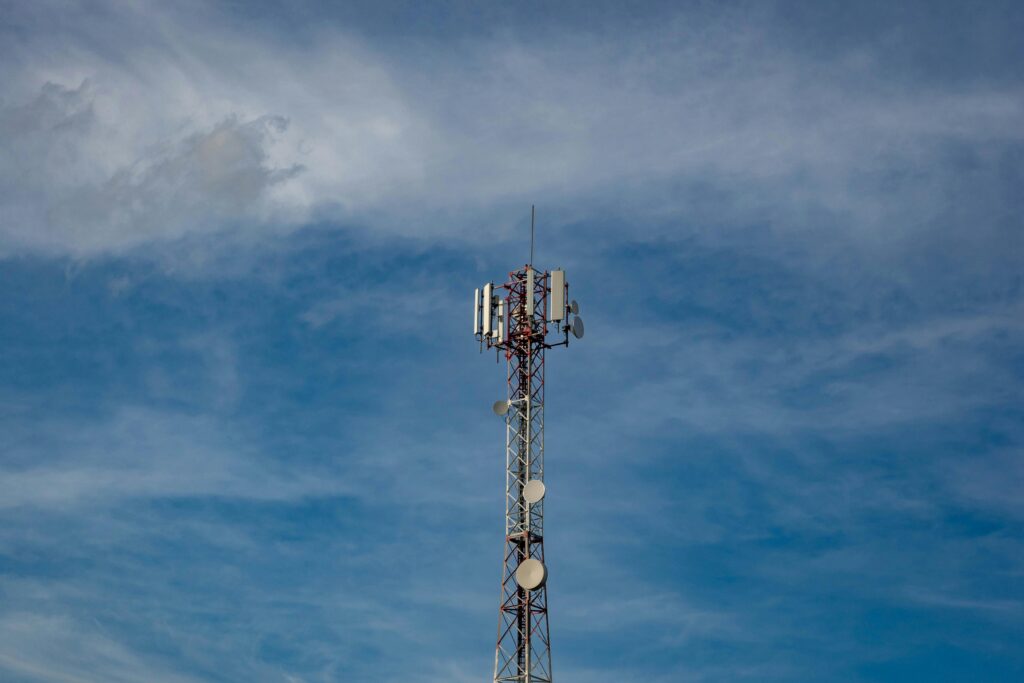
The Future of the Four-Sided Self-Supporting Tower
The reliable four side self-support tower is not staying and waiting, it is changing to fit the demand the next day. Towers must live up to their carrier or cell label and support more antennas as our networks become faster and, well, more intelligent (that stronger, more capable 5G and beyond). And those antennas are frequently larger and heavier. This pushes engineers to develop even stronger steel and refine the lattice design to handle the extra weight and wind stress higher up. Integration is another big trend. Future self-supporting towers might have built-in smart sensors constantly checking their own health – monitoring for stress, unusual vibrations, corrosion, or even wind speed and temperature.
Difference Table
| Feature | 4-Sided Self-Support Tower | Guyed Mast | Monopole |
| Footprint & Space | ✅ Compact: Stands alone. Needs only its base area. | ❌ Huge: Guy wires need massive clear “fall zones” (no buildings/roads). | ✅ Tiny: Smallest ground footprint. Ideal for tight spots. |
| Stability & Strength | ✅ Rock-solid: Triangular lattice handles heavy ice/wind loads. No single point of failure. | ⚠️ Wire-dependent: Vulnerable if guy wires snap or corrode. Needs perfect anchor points. | ⚠️ Height-limited: Gets very expensive/unstable at extreme heights/heavy loads. |
| Height & Load Capacity | ✅ Versatile: Handles mid-to-tall heights & heavy multi-antenna loads (5G, broadcast). | ✅ Tall & Cheap: Good for extreme heights on a budget. | ❌ Limited: Best for shorter heights or lighter urban antenna setups. |
| Maintenance & Access | ✅ Easy: Crews drive right up. No wires to trip over. Inspections are simpler. | ❌ Risky & Complex: Guy wires are trip hazards & inspection obstacles. Anchors spread out. | ✅ Simple: Easy access around a single pole. |
| Cost (Long-Term) | ⚖️ Balanced: Higher initial steel cost. + Low land cost & minimal lifetime maintenance. | ✅ Low Upfront: Less steel used. – High land cost & wire maintenance/replacement. | ❌ High for Height: Skyrockets cost for tall/heavy-duty needs. |
| Best For… | Reliable workhorse: Urban edges, suburbs, critical sites (EMS, 5G hubs), medium-heavy loads, limited land. | Remote giants: Extreme heights in rural/industrial zones with cheap, wide-open land. | City slickers: Streetlights, small cells, urban infill where space/style rule. |
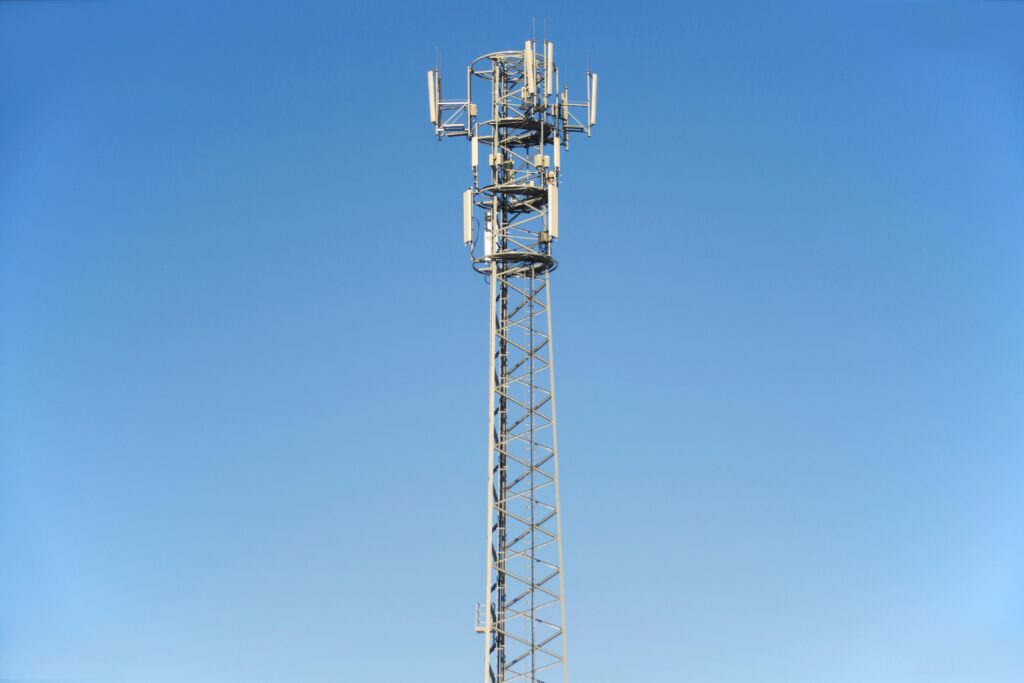
The Enduring Power of Four Sides Standing Alone
As the world where people are supposed to be connected to a network 24 hours/day and where the infrastructure must be rock solid strong, the 4 sided self support tower shows that clever and simple design will make the cut. Its lattice of steel is pyramidal in shape with deep foundations that provide unsurpassed stability and strength at the same time not consuming land by guy wires. The quadrate shape just hits the spot: sturdy enough to endure the worst of nature, economical of materials and capable of serving so many different purposes. May it be the grunt work of powering your daily scrolling on your smartphone or marathon watching of your favorite television programs or even the life and death non-verbal communications of firefighters and pilots in emergency situations: these free-standing towers are essential.
FAQs
1. Why do these towers always have four sides?
Four sides hit the sweet spot! It creates a super-strong pyramid-like shape using lots of triangles in the steel lattice. This design spreads out wind and weight pressure perfectly, making the tower incredibly stable without wasting steel. Three sides might be weaker, and more sides get overly complex.
2. How do they stand up without any wires holding them?
It’s all about that deep foundation and smart design! They have massive concrete “roots” buried underground for each leg. Combined with the strong, tapered steel lattice frame full of triangles, this lets them handle wind and weight entirely on their own – no external guy wires needed.
3. What are these towers mostly used for today?
They are the unsung heroes of our networked society! The mainly work at cell phone networks (5G, etc.), radio/TV broadcast and public safety communications (police, fire, EMS). They also facilitate weather radar, air traffic and Internet in the countryside.
4. Won’t the steel rust away over time?
They are run of the mill! The steel is put in a special protective bath named galvanization which applies zinc on the steel. This hard shield resists any rust caused by rain, snow, salt and even pollution so that these towers can last 30, 40 and even 50 years with very little maintenance.
5. How will these towers change in the future?
They’ll get smarter and blend in better! Expect stronger designs to handle more antennas for faster networks. There could be “smart” ones, which include sensors that keep track of their well-being. You will also notice more artistic camouflage (such as fake trees) in order to enable them to blend with the scenery or the structures in the town.
